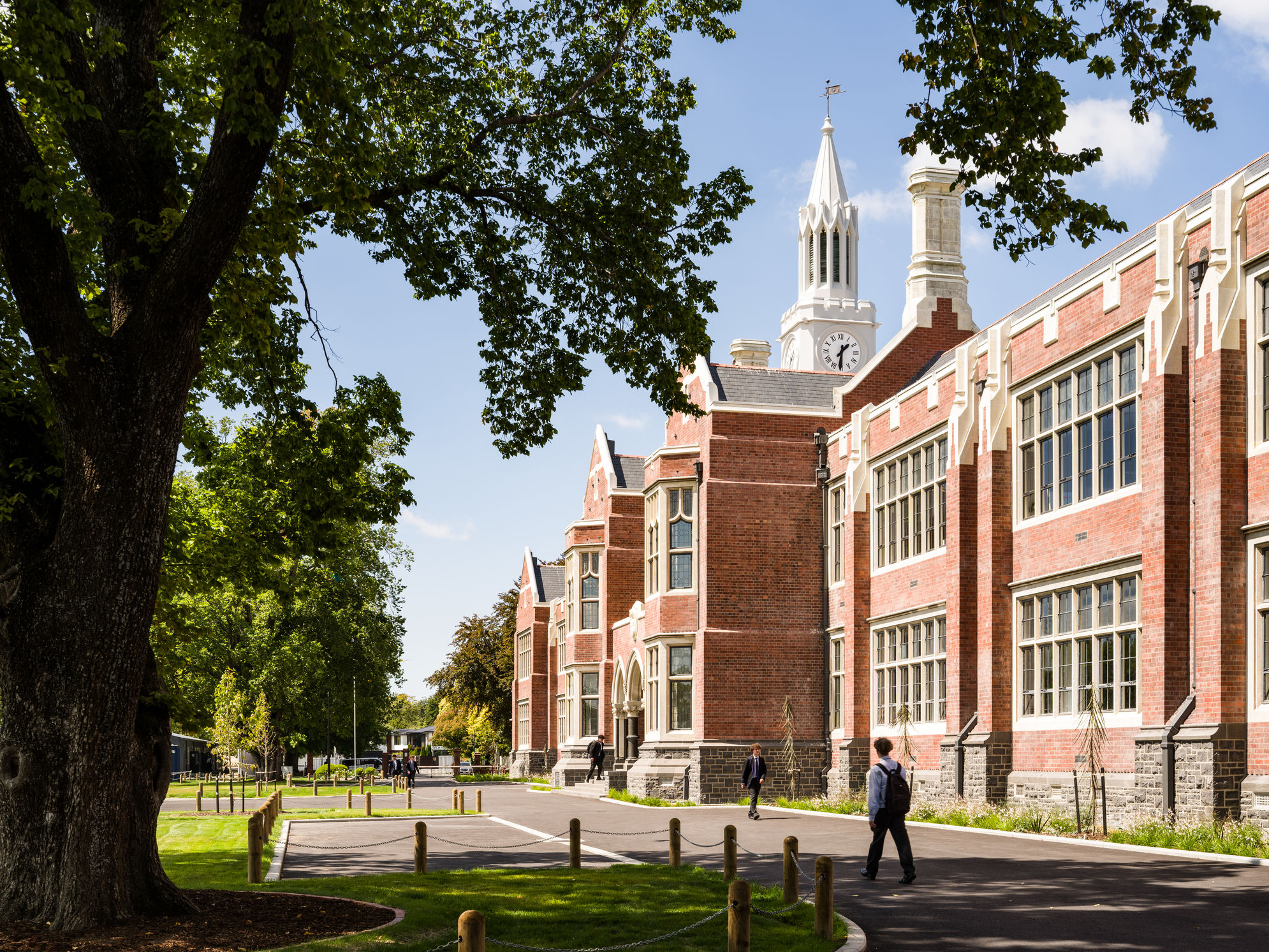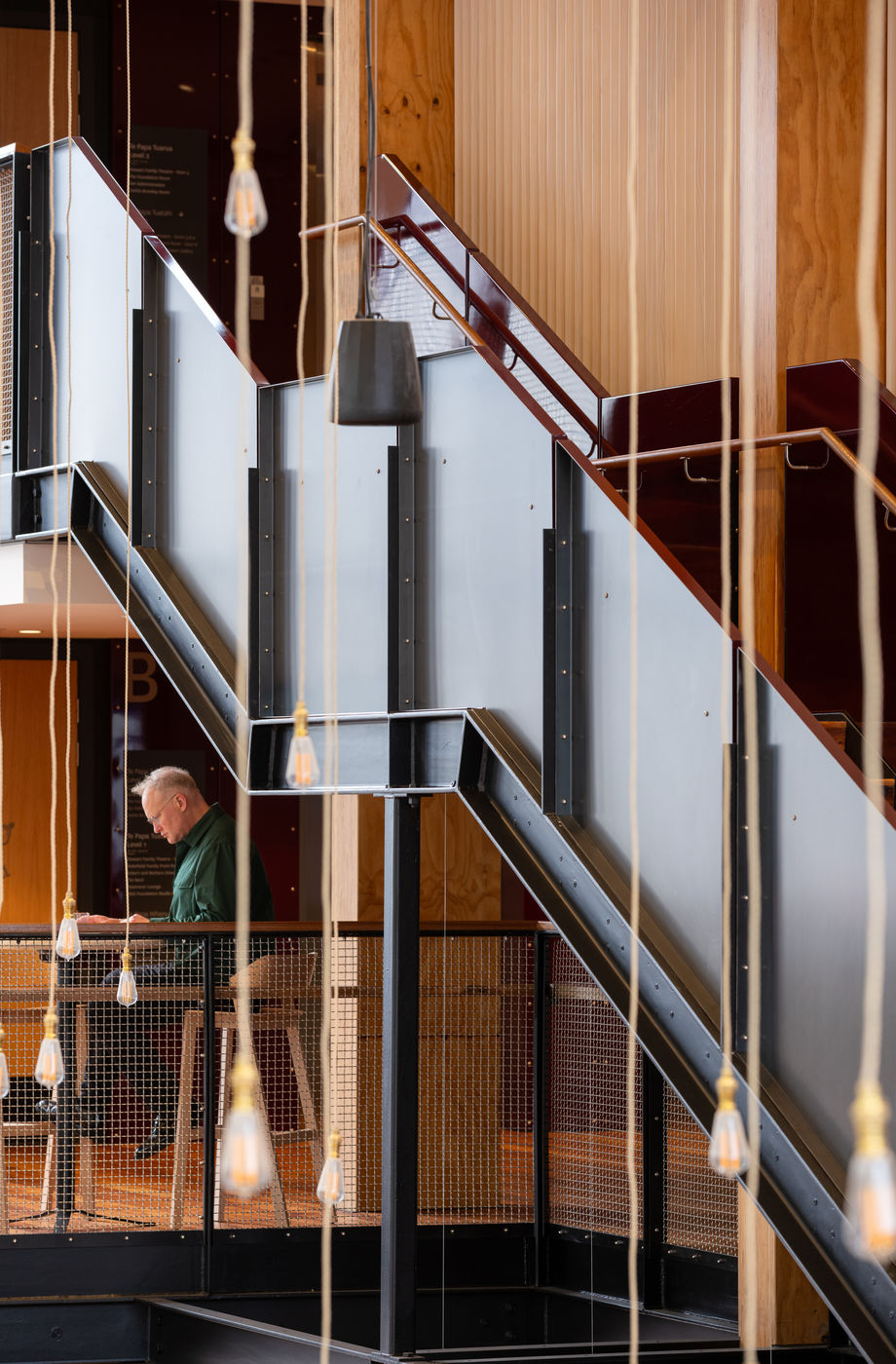Architecture
has a social
responsibility
beyond the
building, client
& architect



Wellington
Tel. +64 4 499 1727
105 Amritsar Street
Khandallah
Wellington 6035
PO Box 3364
Wellington 6140
Christchurch
Tel. +64 3 377 2007
65 Cambridge Terrace
Christchurch 8013
PO Box 3724
Christchurch 8140
Auckland
Tel. +64 9 379 7331
Level 2
26 Lorne Street
Auckland 1010
PO Box 68060
Victoria Street West
Auckland 1142






Ever evolving education
Grounded in place

Christchurch Boys' High School Main Block
The restoration and refurbishment of Christchurch Boys’ High School’s Main Block is the concluding chapter in the school’s post-earthquake redevelopment. The project builds upon the master plan that was developed by Athfield Architects and delivers twenty-five teaching spaces within a combination of refurbished and newly constructed builtfabric.

Why we
practice
architecture.
We began working together in 1968. Every day, we make architecture that responds with spirit and ingenuity to the pressing challenges of our time: the need for sustainable design, quality housing, public spaces that reflect the community, and genuinecollaboration.


Our team is a close-knit group of specialists in architecture, interior design, urban planning and landscape architecture. Over the last half-century the practice has pioneered a sustainable approach to architecture through a strikingly wide and original range of work from urban masterplans, to public infrastructure, civic and cultural buildings, offices and workplaces, and privatehousing.
Adaptation

On a shoe string

Tāmaki Pātaka Kōrero
Auckland Central Library Adaptation
Once upon a time (2015), a cunning library manager learnt that routine maintenance was being undertaken on the public areas of Auckland Central Library. This included like-for-like replacement of the carpet and requiring all the collection, furniture and shelving to bemoved.
Collaboration

Production House

The Court Theatre
Designed through an international collaboration between London-based Haworth Tompkins and New Zealand’s Athfield Architects, The Court Theatre represents a significant investment in the future of performing arts in Aotearoa NewZealand.

